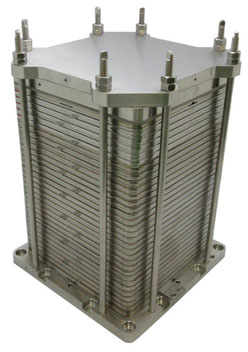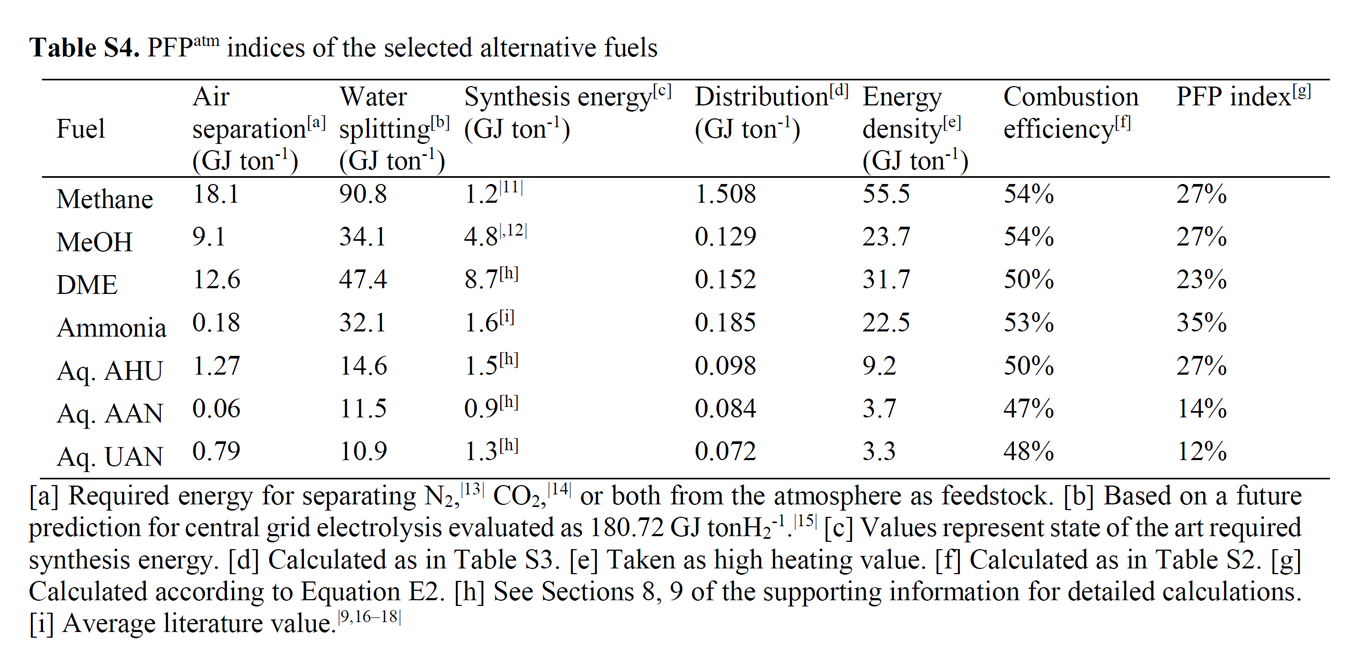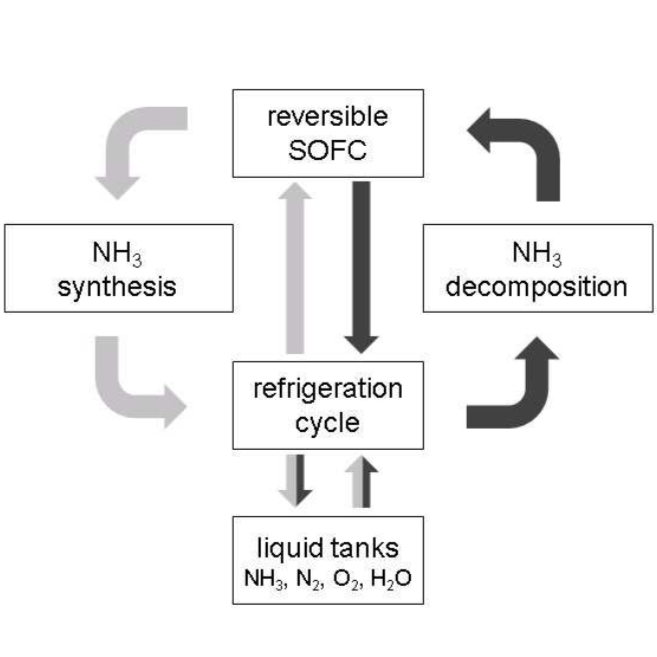GenCell A5 update: hydrogen power from ammonia fuel cells ("The Next Big Thing in Energy Production")
GenCell Energy, an Israeli technology company, recently announced a research collaboration with Fraunhofer UMSICHT, a German research institute, that will deliver a "scale-up of the catalyst synthesis process" for cracking ammonia. This will enable GenCell "to produce large quantities of a novel inexpensive catalyst for generation of hydrogen from ammonia."





